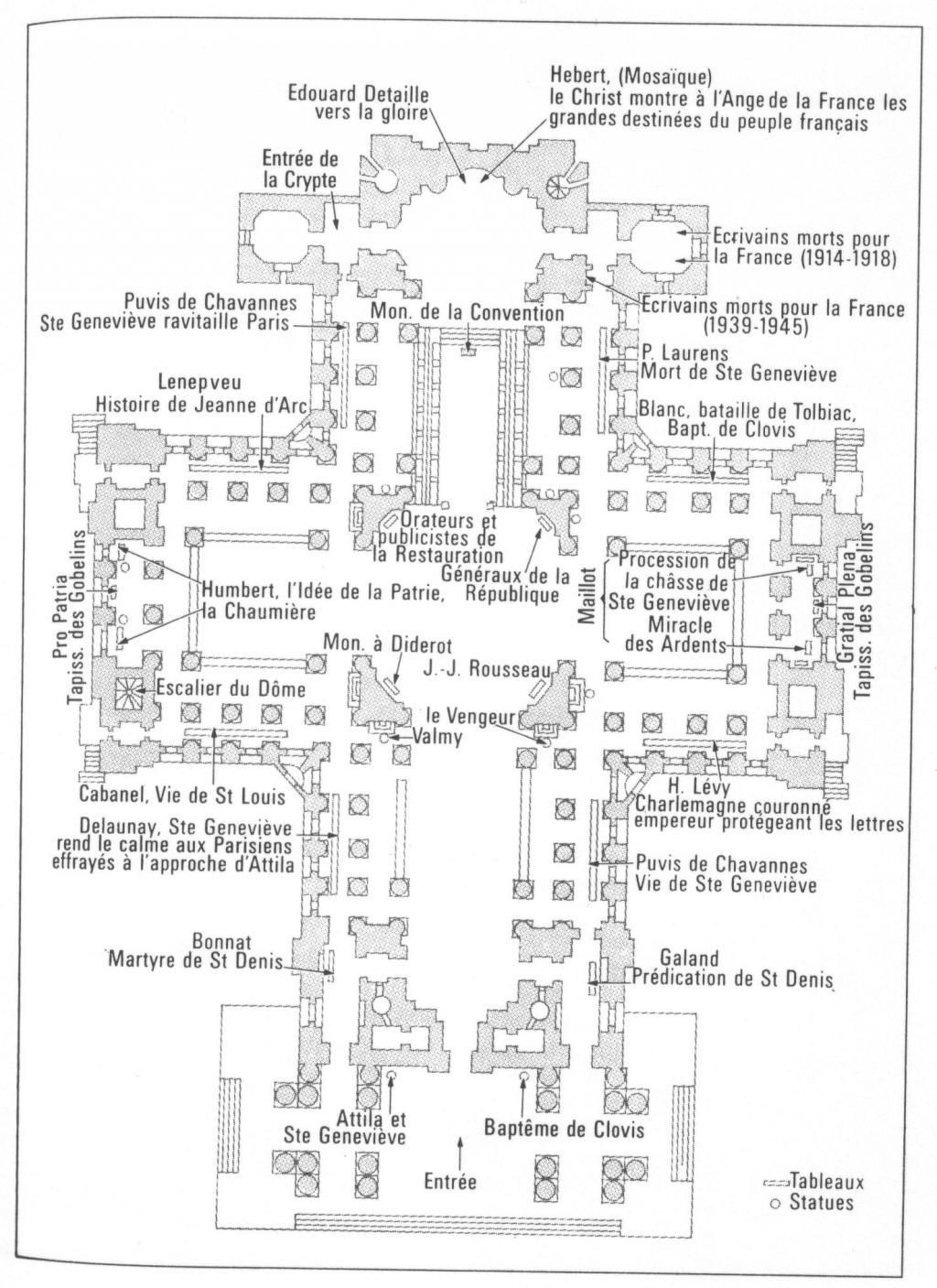Geneviève de Gaulle-Anthonioz
Fun Fact
Geneviève de Gaulle-Anthonioz was interred in the Panthéon in May 2015 as part of a symbolic ceremony. Instead of her remains, Gaulle-Anthonioz’s coffin contains soil from her grave, as the resistance worker expressed the wish to be buried with her husband, Bernard Anthonioz, in Bossey, Haute-Savoie.
Cemetery Information:
Grave Location:
CryptGrave Location Description
Enter through the main entrance, and go straight all the way to the back of the building. There will be a sign pointing left to go to the Crypt. Follow the signs and go down the staircase to the Crypt. In the Crypt, equal in size to the main hall above, though with space consumed by structural elements, you’ll see the tombs and memorials in various rooms branching out from the main hallway. Geneviève de Gaulle-Anthonioz is located in an alcove with Pierre Brossolette, Germaine Tillion, and Jean Zay.
Grave Location GPS
48.846211, 2.345958Visiting The Grave:
Photos:
Read More About Geneviève de Gaulle-Anthonioz:
- Published Obituary
- Wikipedia Entry
- Geneviève de Gaulle-Anthonioz, A Life of Resistance
- When the Nazis Caught Me
- Geneviève de Gaulle – How the Niece of France Most Famous General Waged Her Own War Against the Nazis
- Geneviève de Gaulle-Anthonioz, from the Ravensbrück camp to that of Noisy
- Local author tells story of de Gaulle's courageous but little-known niece
- About Geneviève de Gaulle-Anthonioz
- Remembering Geneviève de Gaulle-Anthonioz
- Who Are the Five Women Honoured in Paris’s Panthéon?







